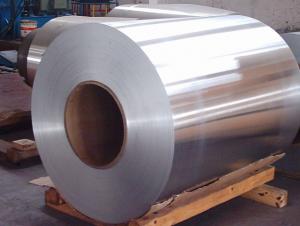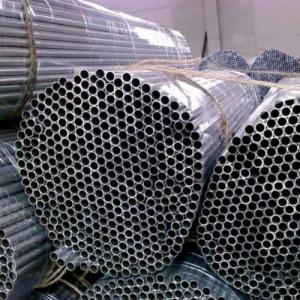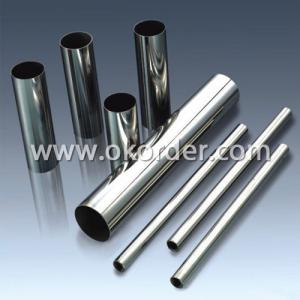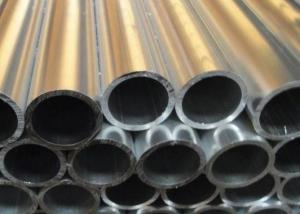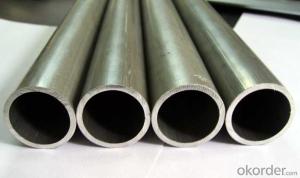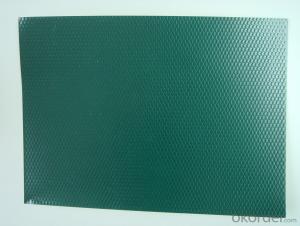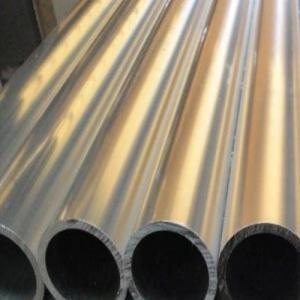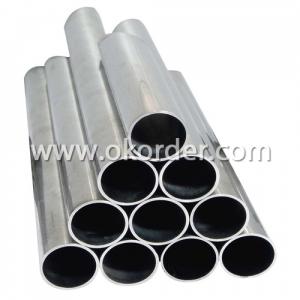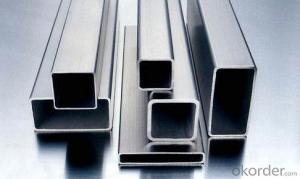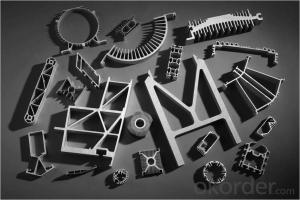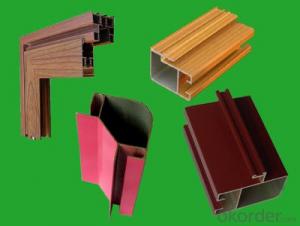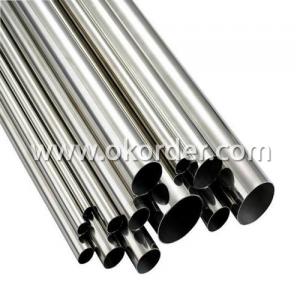Aluminum coil for any application
- Loading Port:
- China Main Port
- Payment Terms:
- TT OR LC
- Min Order Qty:
- -
- Supply Capability:
- -
OKorder Service Pledge
OKorder Financial Service
You Might Also Like
We provide a full range of precision aluminum for almost any application. We produce aluminum in a wide variety of alloys, including clad composites. Our aluminum can be produced in standard dimensions or custom made to your special requirements. We produce both imperial and metric units. We manufacture in compliance with the main international specifications, and tighter tolerances or custom tempers are available upon request. We offer various surface conditions, custom finishes (painting, anodizing, embossing), special processing, and multiple packaging options to meet our customer's unique requirements. The following is a summary of our capabilities.
Manufactured in compliance with the main international specifications and standards, including: Aluminum Association, ASTM, EN, and DIN.
We can also manufacture in compliance with other international standards including:ASME, SAE, AMS, AWS, FED, MIL, QQ, ISO, BS, AFNOR, JIS and GOST.
Manufactured in compliance with the main international specifications and standards.
Tighter tolerances are available upon request.
Aluminium (or aluminum; see spelling differences) is a chemical element in the boron group with symbol Al and atomic number 13. It is a silvery white, soft, ductile metal. Aluminium is the third most abundant element (after oxygen and silicon), and the most abundant metal in the Earth's crust. It makes up about 8% by weight of the Earth's solid surface. Aluminium metal is so chemically reactive that native specimens are rare and limited to extreme reducing environments. Instead, it is found combined in over 270 different minerals.The chief ore of aluminium is bauxite.
Aluminium is remarkable for the metal's low density and for its ability to resist corrosion due to the phenomenon of passivation. Structural components made from aluminium and its alloys are vital to the aerospace industry and are important in other areas of transportation and structural materials. The most useful compounds of aluminium, at least on a weight basis, are the oxides and sulfates.
Despite its prevalence in the environment, no known form of life uses aluminium salts metabolically. In keeping with its pervasiveness, aluminium is well tolerated by plants and animals. Owing to their prevalence, potential beneficial (or otherwise) biological roles of aluminium compounds are of continuing interest.
Aluminium alloys with a wide range of properties are used in engineering structures. Alloy systems are classified by a number system (ANSI) or by names indicating their main alloying constituents (DIN and ISO).
The strength and durability of aluminium alloys vary widely, not only as a result of the components of the specific alloy, but also as a result of heat treatments and manufacturing processes. A lack of knowledge of these aspects has from time to time led to improperly designed structures and gained aluminium a bad reputation.
One important structural limitation of aluminium alloys is their fatigue strength. Unlike steels, aluminium alloys have no well-defined fatigue limit, meaning that fatigue failure eventually occurs, under even very small cyclic loadings. This implies that engineers must assess these loads and design for a fixed life rather than an infinite life.
Another important property of aluminium alloys is their sensitivity to heat. Workshop procedures involving heating are complicated by the fact that aluminium, unlike steel, melts without first glowing red. Forming operations where a blow torch is used therefore require some expertise, since no visual signs reveal how close the material is to melting. Aluminium alloys, like all structural alloys, also are subject to internal stresses following heating operations such as welding and casting. The problem with aluminium alloys in this regard is their low melting point, which make them more susceptible to distortions from thermally induced stress relief. Controlled stress relief can be done during manufacturing by heat-treating the parts in an oven, followed by gradual cooling—in effect annealing the stresses.
The low melting point of aluminium alloys has not precluded their use in rocketry; even for use in constructing combustion chambers where gases can reach 3500 K. The Agena upper stage engine used a regeneratively cooled aluminium design for some parts of the nozzle, including the thermally critical throat region.
Another alloy of some value is aluminium bronze (Cu-Al alloy).
- Q:What are aluminum pipes made of?
- Aluminum pipes are primarily made of aluminum, which is a lightweight and corrosion-resistant metal.
- Q:Please help to analyze the cause of the formation Fifty1070 aluminum rods are made of aluminum tubes from extrusion units. The process is: extrusion, melting - the mold passes through (the formation of aluminum tubes) - tap water cooling - closing - nitrogen charging and pressure maintaining. Therefore, the internal pipeline is nitrogen protection, and after a period of time, the pipeline will appear white powder, affecting resistance welding, welding is not firm, easy to fall off and leak.
- This is caused by the oxidation of aluminum tubes. It is usually in the rainy season. The humidity in the air increases, and it is oxidized by the long contact with the inner wall of the aluminum tube.
- Q:Do aluminum pipes require any special considerations for expansion joints?
- Yes, aluminum pipes do require special considerations for expansion joints. Aluminum has a relatively high coefficient of thermal expansion, meaning it expands and contracts more with temperature changes compared to other metals. This increased expansion can put stress on the pipes, so it is important to install expansion joints to accommodate this movement and prevent potential damage or failure.
- Q:Are aluminum pipes suitable for underground cable conduits?
- Yes, aluminum pipes are suitable for underground cable conduits. Aluminum is a lightweight and durable metal that is resistant to corrosion, making it an excellent choice for underground applications. It is also a cost-effective option compared to other materials like steel or copper. Additionally, aluminum pipes have good thermal conductivity, which helps dissipate heat generated by the cables. Proper insulation and installation techniques ensure that the cables are protected and the underground conduit system functions efficiently.
- Q:Can aluminum pipes be used for swimming pool installations?
- Indeed, swimming pool installations can incorporate aluminum pipes. The corrosion resistance and durability of aluminum render it a fitting material for pool plumbing. Its lightweight nature allows for easier handling and installation. Furthermore, aluminum pipes are less prone to cracking or leaking when compared to alternatives such as PVC or copper. Nonetheless, it is crucial to insulate aluminum pipes adequately to prevent heat loss and condensation. All in all, opting for aluminum pipes in swimming pool installations presents a feasible choice, ensuring enduring and dependable plumbing systems.
- Q:What ion is corrosive to the aluminum tube?
- Too much, mainly is the strong oxidizing ion such as hydrogen ion, iron ion, nitrate ion, permanganate ion and so on
- Q:What are the different pressure testing standards for aluminum pipes?
- Aluminum pipes commonly undergo pressure testing according to various standards. Some widely recognized standards include the following: 1. ASTM B-241: This standard specifically applies to seamless aluminum-alloy pipes. Its purpose is to assess the pipes' pressure capabilities under different conditions. It outlines guidelines for evaluating the pipes' strength, thickness, and ability to withstand internal and external pressures. 2. ASME B31.3: This standard forms part of the American Society of Mechanical Engineers (ASME) code for process piping. It establishes requirements and guidelines for the design, fabrication, inspection, and testing of aluminum pipes in various industries. It includes specific procedures for pressure testing and criteria for accepting aluminum pipes. 3. ISO 6892: This international standard sets out testing methods for metallic materials, including aluminum. It incorporates procedures for determining the mechanical properties of aluminum pipes, such as tensile strength, yield strength, and elongation. Although not primarily focused on pressure testing, it provides valuable information about the overall strength and performance of aluminum pipes. 4. MIL-PRF-6855: This military standard specifies the requirements for rubber and polyurethane hoses used in aircraft fuel systems. While not exclusively for aluminum pipes, it contains pressure testing standards and criteria that apply to aluminum pipes in aviation applications. It is important to note that these are merely a few of the commonly used pressure testing standards for aluminum pipes. Depending on the specific application and industry, additional standards or guidelines may be necessary to follow. It is always advisable to consult the relevant industry standards and codes to ensure compliance with specific pressure testing requirements.
- Q:Do aluminum pipes require any anti-corrosion treatment?
- Yes, aluminum pipes typically require anti-corrosion treatment as aluminum is prone to corrosion when exposed to certain environments or substances.
- Q:What's the difference between 3003 tubes and 6063?
- 6063 Aluminum Alloy composition range specified in the national standard GB/T3190 in the value of different chemical components, will get different material properties, chemical composition when the range is large, the difference of the performance fluctuates in a large range, so that the performance profiles will be unable to control.
- Q:Who has good refrigerator, aluminum tube butt joint method, welding technology?. Thank you
- The Rock ring can be used with a special crimping pliers. It belongs to the mature process of the factory, but the cost is higher.Welding can also be corrosive leakage in the refrigerator, some, we will change the cut. A new tube is used in aluminum strip sold on the market, 10 yuan a metre. Extend one section into bell shape, and the other end to withstand, grasp the furnace temperature, welding torch not too close, etc. when the aluminum pipe is slightly red, add welding rod to fill the space. No flux needed. Very good, dry, often practiced, but can be cooked mainly.
1. Manufacturer Overview |
|
|---|---|
| Location | |
| Year Established | |
| Annual Output Value | |
| Main Markets | |
| Company Certifications | |
2. Manufacturer Certificates |
|
|---|---|
| a) Certification Name | |
| Range | |
| Reference | |
| Validity Period | |
3. Manufacturer Capability |
|
|---|---|
| a)Trade Capacity | |
| Nearest Port | |
| Export Percentage | |
| No.of Employees in Trade Department | |
| Language Spoken: | |
| b)Factory Information | |
| Factory Size: | |
| No. of Production Lines | |
| Contract Manufacturing | |
| Product Price Range | |
Send your message to us
Aluminum coil for any application
- Loading Port:
- China Main Port
- Payment Terms:
- TT OR LC
- Min Order Qty:
- -
- Supply Capability:
- -
OKorder Service Pledge
OKorder Financial Service
Similar products
New products
Hot products
Related keywords
